Gomosanseong Fortress (고모산성)
16.4Km 2025-10-23
Sinhyeon-ri, Maseong-myeon, Mungyeong-si, Gyeongsangbuk-do
+82-54-550-6414
Located on Ojeongsan Mountain, Sinhyeon-ri, Maseong-myeon, Mungyeong-si, Gomosanseong Fortress is a fortress built for military defense during the Three Kingdoms Period. It played an important role in the battle not only during the Three Kingdoms Period, but also throughout history, including the Goryeo period, the late Joseon period, and the Korean War. Climbing uphill along the fortress wall will lead to an open view of a vast landscape. Night lighting and photo zones have been formed around the fortress to entertain visitors to the fortress.
Mungyeong Rail Bike (문경 철로자전거(레일바이크))
16.4Km 2025-10-23
155 Jinnam 1-gil, Maseong-myeon, Mungyeong-si, Gyeongsangbuk-do
In Mungyeong, a former coal mining region, railroads were initially constructed for transporting coal and people. After the mines were shut down, these railroads were abandoned. However, they have since been transformed into tracks for railbikes and miniature trains. Today, visitors can enjoy the stunning landscape while traveling along the meandering railroads that cut through the valley.
◎ Travel information to meet Hallyu’s charm – TV series "Queen of Tears"
It’s the filming location where Hyun-woo and Hye-in enjoyed a date before her surgery. Gurang-ri Station, modeled after a traditional Korean fortress gate, and the surrounding tourist sites remain just as they appeared in the drama, attracting many visitors.
Filial Son Jung Jaesu Memorial Hall (효자 정재수 기념관)
16.5Km 2021-04-09
201, Hyoja-ro, Sangju-si, Gyeongsangbuk-do
+82-54-535-0575
Filial Son Jung Jaesu Memorial Hall was constructed to honor the bravery of Jung Jaesu, who died at the age of 10 while saving his father. The memorial hall opened on June 12, 2001 at the former Sasan Elementary School where Jung was a student.
In the Jung Jaesu Exhibition Room on the first floor, materials relating to Jung’s devotion are on display. In the Memorial Room on the second floor, various materials and works created by students are on display, as well as the classroom Jung studied in. The theater shows movies about devotion as well as Jung’s virtuous deed. The theater is also used for seminars and conferences.
Daeyasan Mountain (대야산)
16.9Km 2024-02-22
Gaeun-eup, Mungyeong-si, Gyeongsangbuk-do
Daeyasan Mountain is a stunning peak standing at an elevation of 931 meters within the confines of Songnisan National Park. It boasts picturesque valleys, including Seonyudonggyegok Valley and Yongchugyegok Valley. Among the notable attractions within Yongchugyegok Valley is the Yongchupokpo Falls, characterized by its three-tiered cascades, with a unique heart-shaped pool formed amidst the milky-white granite. After a 20-minute ascent from Yongchu, visitors can experience the breathtaking sight of moonlight reflecting off the rocks and the valley, known as Woryeongdae.
Gubyeongsan Mountain (구병산)
17.2Km 2024-02-26
Jeogam-ri, Maro-myeon, Boeun-gun, Chungcheongbuk-do
Gubyeongsan Mountain is an 876 m-high mountain located on the southern side of Songnisan National Park. It is also known as "Gubongsan Mountain" because it is said to have nine (gu) peaks (bong). There is a lush forest with plenty of beautiful rocky cliffs. Visit in the fall to enjoy the true beauty of the place. Boeun’s basin geographical feature can be seen from the summit.
Songnisan National Park (Gyeongbuk Section) (속리산국립공원(경북))
17.6Km 2021-05-14
Hwabuk-myeon, Sangju-si, Gyeongsangbuk-do
+82-43-542-5267
On Songnisan Mountain is a rock summit 1,054 meters above sea level called Munjangdae Peak. The peak is so broad that 50 adults can sit on it at the same time. Among the rocks there is Seokcheon Pond, which never dries up. The peak used to be called “Unjangdae” because the summit is always covered with clouds and mist. Legend says that King Sejo of Joseon dynasty supposedly recited a poem on the summit.
Munjangdae has a great view of Cheonhwangbong Peak, the highest peak of Songnisan Mountain. Visitors can also see Gwaneumbong, Chilseongbong, Sirubong, Tugubong, Munsubong, and Birobong peaks. In autumn, visitors can enjoy views of breathtaking fall foliage along the trail, which begins at Hwabuk-myeon, Sangju. There are also many cultural heritage sites including Janggakpokpo Falls, Seongbuksa Temple, Osongpokpo Falls and Gyeonhwonsanseong Fortress.
Songnisan National Park (Chungcheongbuk-do Section) [속리산국립공원(충북)]
17.7Km 2024-03-15
Sangpan-ri, Songnisan-myeon, Boeun-gun, Chungcheongbuk-do
+82-43-542-5267
Situated in the heart of the Sobaek Mountain Range, Songnisan National Park encompasses the majestic Songnisan Mountain, standing at 1,057 meters, and the picturesque Hwayanggyegok, Seonyugyegok, and Ssanggok Valleys. Designated as a National Park in 1970, this natural sanctuary is celebrated for its stunning landscapes and unique rock formations. Key highlights include the awe-inspiring peaks of Cheonhwangbong, Munjangdae, and Birobong. Additionally, the park is home to historical and cultural treasures such as Beopjusa Temple, Seongbulsa Temple, and the ancient Gyeonhwonsanseong Fortress.
Mungyeong Seonyudonggyegok Valley (선유동계곡(문경))
17.8Km 2025-10-23
Wanjang-ri, Mungyeong-si, Gyeongsangbuk-do
+82-54-550-6392
Seonyudonggyegok Valley in Mungyeong is longer and more beautiful than the valley of the same name in Goesan. Daeyasan Mountain (931 meters) runs across both valleys, which are 10 kilometers apart from each other. The valley is relatively untouched as it is not yet well known to the public. At the beginning and the end of the trail are Hakcheonjeong and Chirujeong Pavilions, respectively. Both sides of the valley are lined with thick forests of ancient pine trees. A number of stone carvings can be found in the forest, and the most famous one reads “Seonyugyegok.” It was written by Choi Chi-won, a leading scholar of the Silla kingdom.
Historical site of General Chung Ki-ryong (Chunguisa Temple) (정기룡장군 유적지(충의사))
18.3Km 2022-08-10
230, Chungui-ro, Sangju-si, Gyeongsangbuk-do
+82-54-537-6095
Chunguisa Temple is home to the tablets of General Chung Ki-ryong, a great army general who led during the reign of Joseon King Seonjo. In 1974, the temple and related relics were designated as a Regional Cultural Asset Monument. The area was expanded in 1978 to include a museum which displays Relics Related to Jeong Gi-ryong, a designated Treasure. The temple also hosts a reenactment of the recovery of Sangjuseong Fortress every October.
Songnisan Special Tourist Zone (속리산 관광특구)
18.4Km 2025-01-14
405, Beopjusa-ro, Boeun-gun, Chungcheongbuk-do
+82-43-540-3393
With Songnisan National Park at its center, Songnisan Special Tourist Zone offers picturesque scenery and cozy resorts. At 1,058 meters above sea level, Songnisan Mountain is one of the 8 scenic wonders in Korea, and its steep peaks and deep valleys create a fascinating view. A variety of hiking trails that set out from Beopjusa Temple offer superb mountain scenery from every angle.
A tourism complex around Songnisan National Park offers various types of accommodations, and the area's attractions, such as Beopjusa Temple, Seowongyegok Valley, Mansugyegok Valley and Solhyang Park are not to be missed. In fact, the mountain is a habitat for rare animals and plants, including flying squirrels and Berchemia Berchemiaefolia, and is called a “treasure house of natural resources.”
The convenient accessibility should be noted as well. The highway between Dangjin and Yeongdeok goes through the zone, and it takes only 30 minutes from Cheongju International Airport. This helps foreign tourists from China, Taiwan and Singapore as well as Korean visitors to easily access the zone.
A variety of events, including the Songni Festival, the Songnisan Maple Music Festival and the Songnisan Hiking Festival, are held every year, and the largest number of tourists visit in autumn to appreciate a view of the mountain tinged with red.
* Current State of Songnisan Special Tourist Zone
1) Districts Covered: Areas around Sangpan, Jungpan, Galmok and Sanae-ri, Songnisan-myeon, Boeun-gun, Chungcheongbuk-do
2) Area: 43,745,528 ㎡

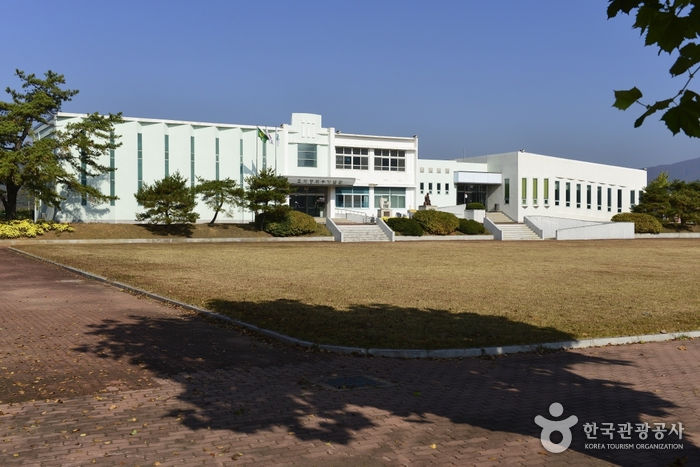
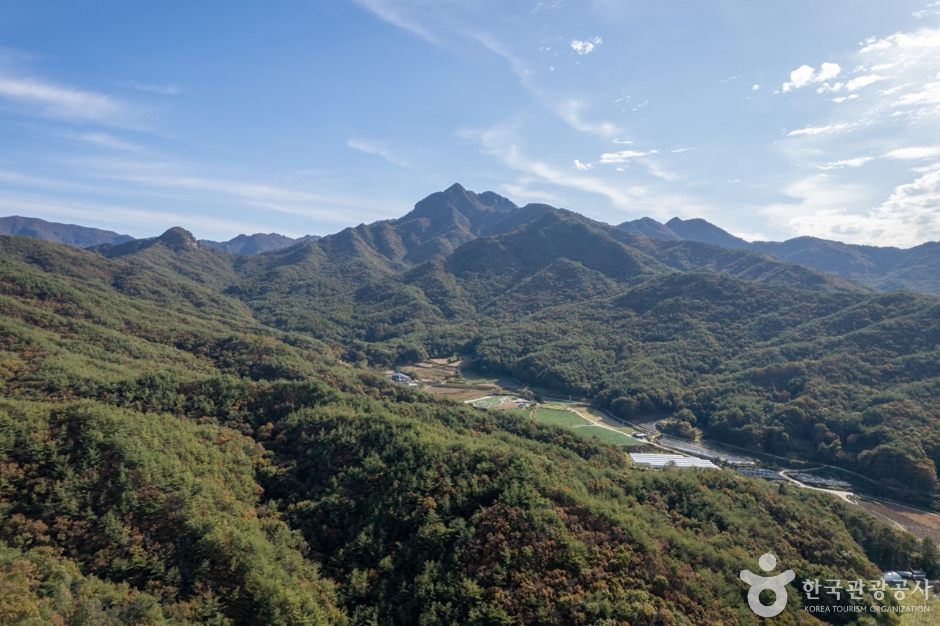
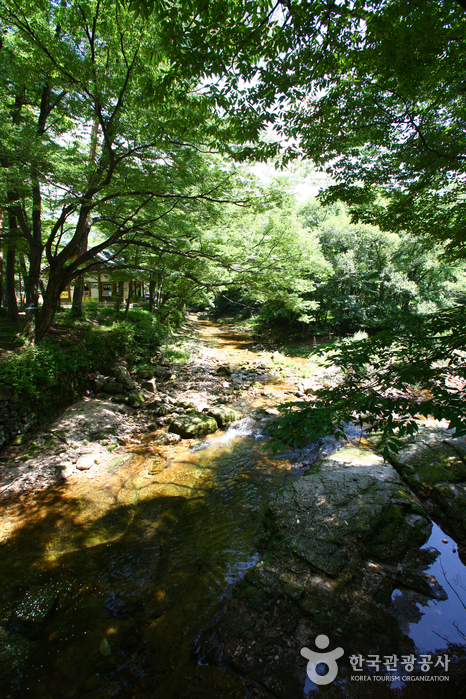
![Songnisan National Park (Chungcheongbuk-do Section) [속리산국립공원(충북)]](http://tong.visitkorea.or.kr/cms/resource/04/2677704_image2_1.jpg)
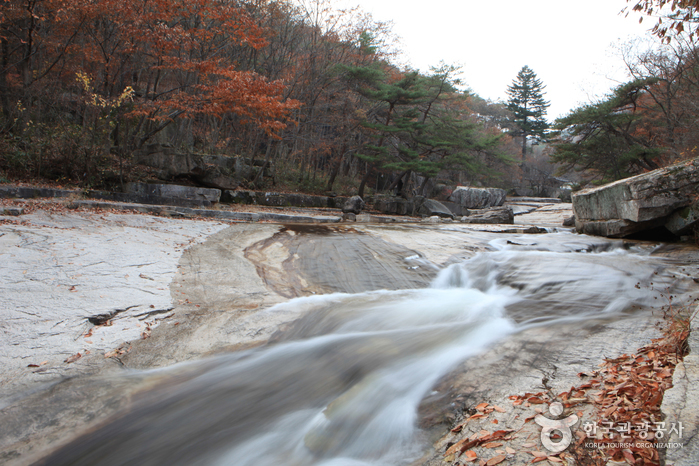
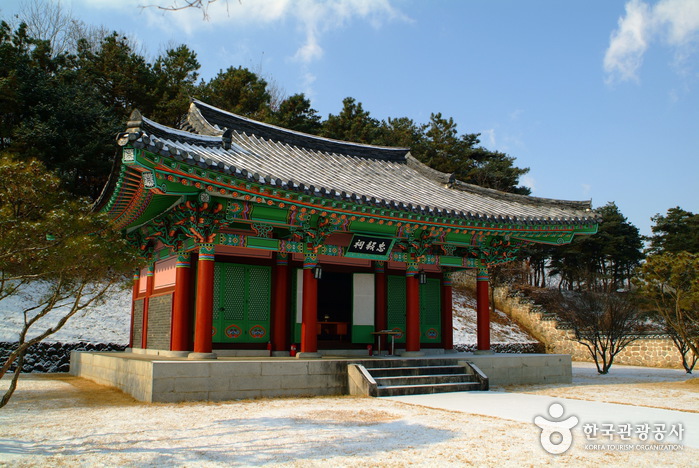
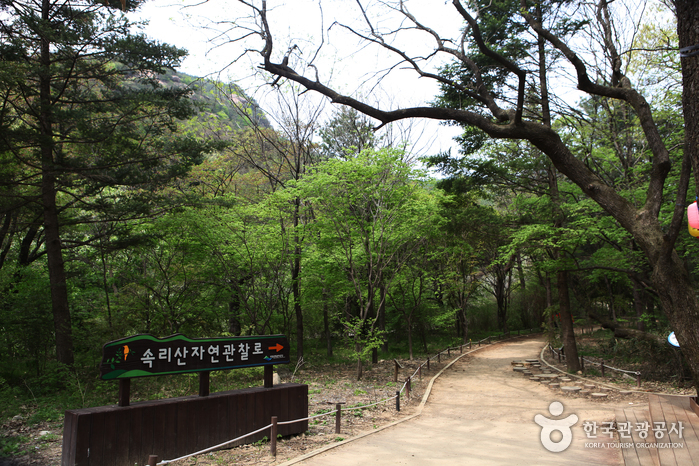
 English
English
 한국어
한국어 日本語
日本語 中文(简体)
中文(简体) Deutsch
Deutsch Français
Français Español
Español Русский
Русский